International event debates how agriculture relates to grow environmental and climate challenges
Four projects supported by the Land Innovation Fund took part in Aapresid’s 2024 Congress in Buenos Aires
The 2024 Apresid Congress saw three days of knowledge exchange with results presented by four projects financed by the Land Innovation Fund, on August 7, 8 and 9 in Buenos Aires. Leaders of initiatives coordinated by the ProYungas Foundation (with Aapresid and the Moisés Bertoni Foundation), the Foundation for the Conservation of the Chiquitano Forest (with CREA Bolivia and the Conservation Strategy Fund), CIARA-CEC (with the Rosario Board of Trade and the Peterson Control Union) and the ILPF Network Association all shared their impressions on work underway in Argentina, Bolivia, Brazil and Paraguay to meet the growing challenge of seeing how agriculture relates to international climate and environmental agendas.
This was the first time that initiatives from all the countries in the Land Innovation Fund’s portfolio came together at an international event. At the invitation of Aapresid, Sebastian Malizia (ProYungas Foundation), Hermes Justiniano (Foundation for the Conservation of the Chiquitano Forest) and Nilo Sander (ILPF Network Association) took part in the panel “Multifunctional landscapes and sustainable practices”, alongside Javier Beltran (The Nature Conservancy) and Fernando Garcia Llorente (Numen.bio). During the event, they presented achievements and shared challenges in regenerative agriculture initiatives, best agricultural practices and the carbon market, biodiversity and sustainability protocols.
Sebastian Malizia, coordinator of the “Good agricultural practices and carbon sequestration” project being carried out by the ProYungas Foundation in partnership with Aapresid and the Moisés Bertoni Foundation, highlighted the importance of promoting territorial management that integrates production, conservation and ecosystem services on soy farms in the Gran Chaco. “We have been working for 15 years in the Gran Chaco, the region with Argentina's worst socio-economic indicators. We work to establish and measure indicators to monitor higher crop yields, along with social development and environmental conservation,” he explains.
The ProYungas Foundation collects carbon and biodiversity monitoring data on 34 farms in five macro-regions, three in Argentina and two in Paraguay, covering a total of 147,000 hectares. It analyzes the results and recommends management approaches for each of the participating farms, with suggestions to improve both cropland and conserved areas. “We look at production and conservation together. We want to make connections and find ways to maximize results. We are negotiating with RTRS to be able to certify biodiversity credits, bringing more benefits to farmers,” adds Malizia.
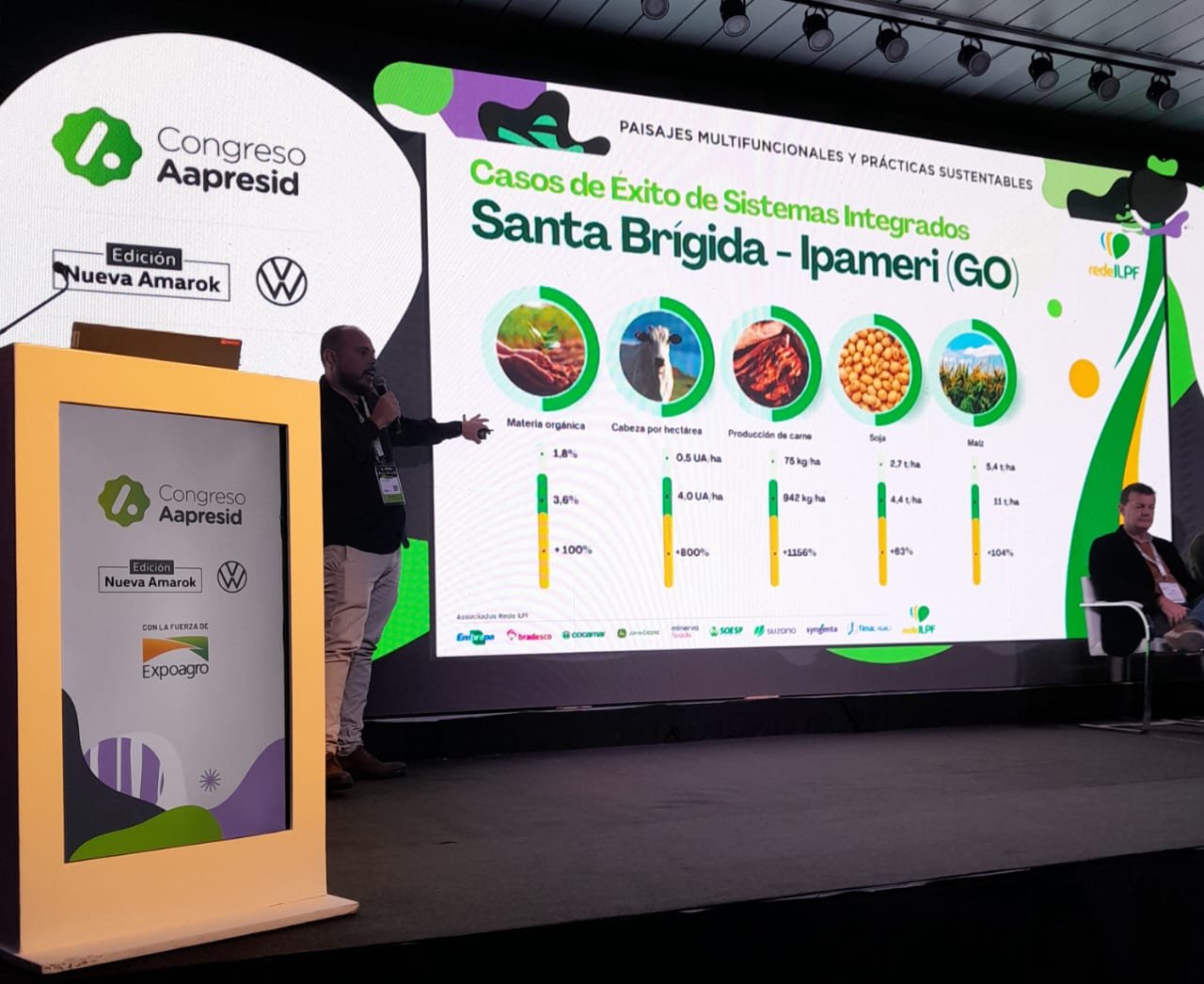
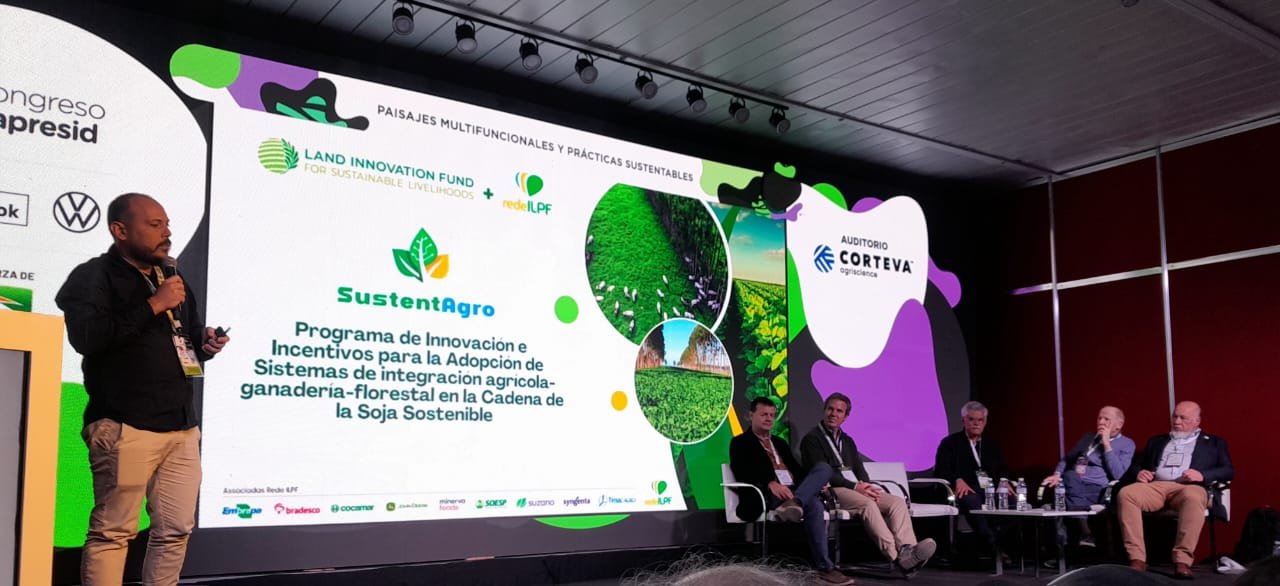
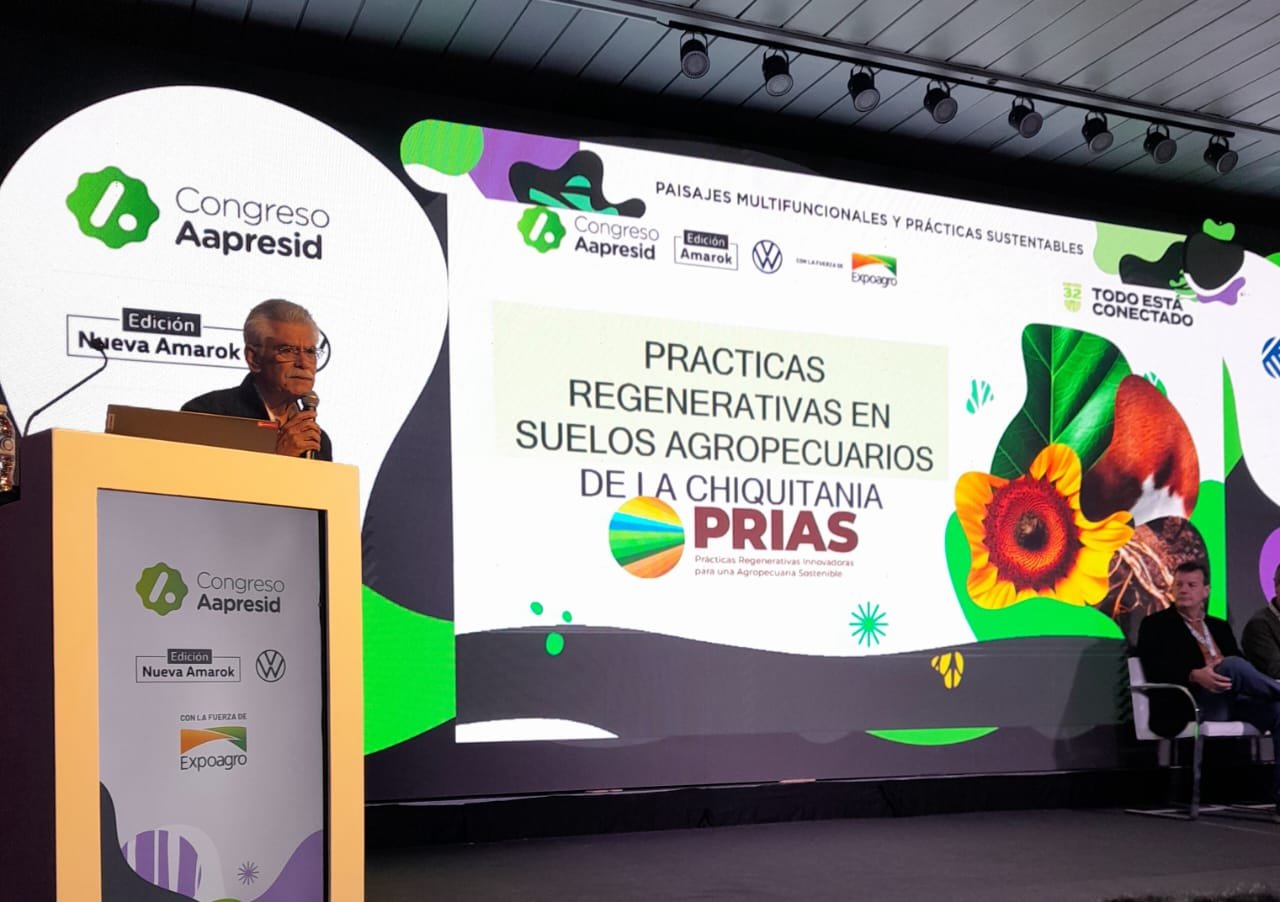
Hermes Justiniano, strategic advisor to the Foundation for the Conservation of the Chiquitano Forest (FCBC) and head of the Regenerative Practices for Sustainable Agriculture Project (Proyecto PRIAS), in partnership with Movimiento CREA Bolivia and the Conservation Strategy Fund, presented partial results of regenerative and low-carbon agricultural experiences on soy and cattle farms in eastern Bolivia. At the event, Justiniano highlighted the urgency of looking for solutions to mitigate the impacts of climate change. “What is the financial value of rain? We are facing a serious drought in Bolivia. Well-nourished and well-cared-for soil absorbs rain better and translates into higher crop yields,” he said.
Forty-three farms now participate in the FCBC initiative, on more than 120,000 hectares in six municipalities in the Santa Cruz region of eastern Bolivia, a transition zone between the Chiquitano, Chaco and Cerrado ecoregions, which is suffering from the encroachment of the agricultural frontier. The aim is to increase crop yields and reduce deforestation by applying and disseminating technical knowledge about sustainable practices. The project monitors indicators such as soil carbon and the presence of beetles and bees, which are important for ecosystem health and pollination, respectively. “We work with farms of all sizes. Small farms are also big producers,” adds Justiniano.
Nilo Sander, manager of the SustentAgro program, run by the ILPF Network Association, presented the benefits of crop-livestock-forest integration systems in central-western Brazil, a region that has consolidated soy farming and where good agricultural practices can help curb expansion into new areas. Nilo believes in producing and conserving, with benefits for both the crop and the environment. “At Fazenda Santa Brígida, in Goiás, soy yields have risen 60% in ten years with the use of integrated systems and good agricultural practices,” he says.
Working in partnership and collaboration with seven research institutions, the SustentAgro project has already selected eighteen Technology Dissemination Units (UDTs) and eight Technological Reference Units on a total of 23 farms to disseminate knowledge, technology and ILPF systems on 24,000 hectares of pilot area. “Involving farmers and other farm professionals to implement the project makes a huge difference. Together, we build solutions that can guarantee bigger harvests and greater financial autonomy for participants,” he says.
Can agriculture save the planet?
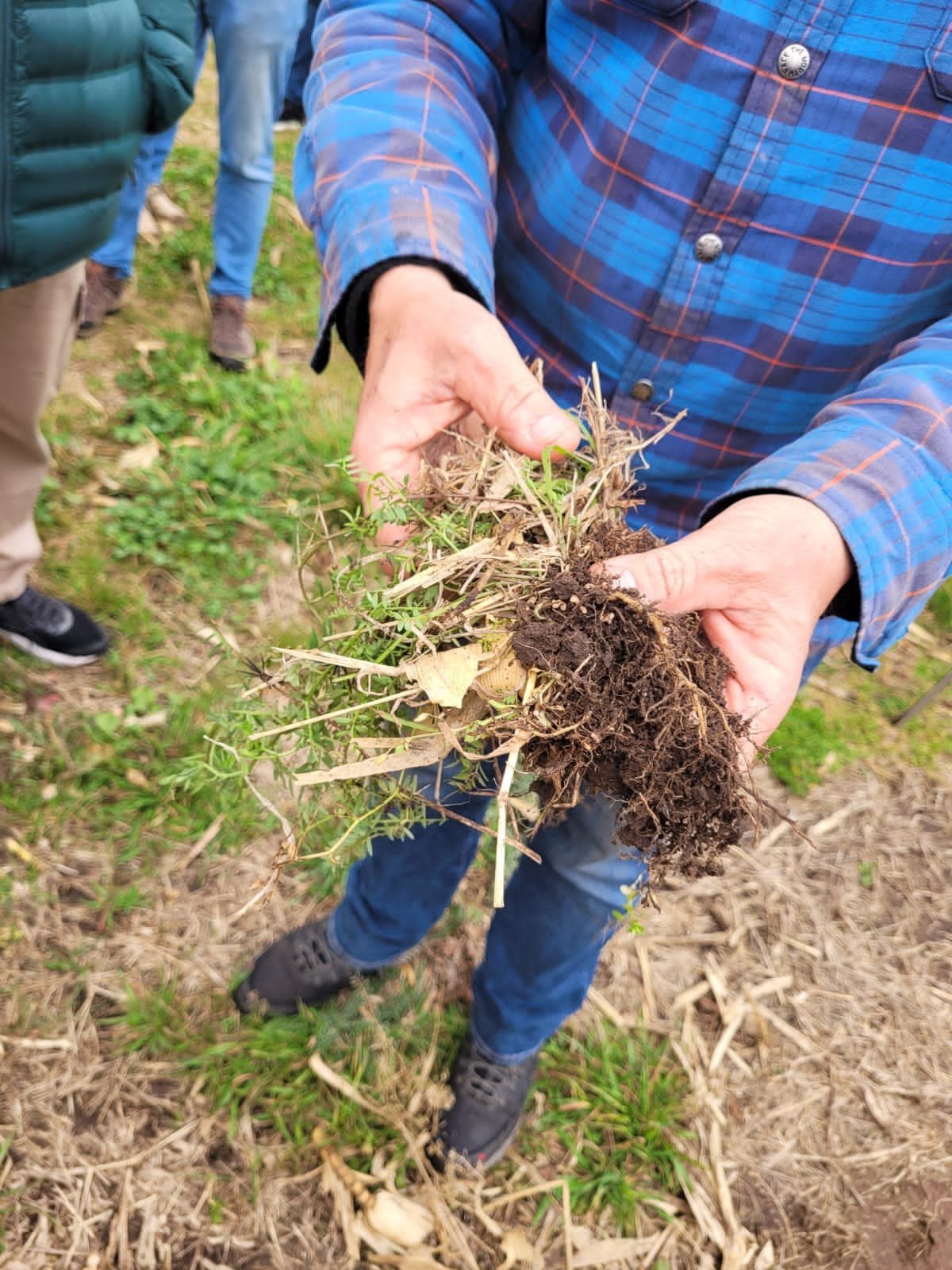
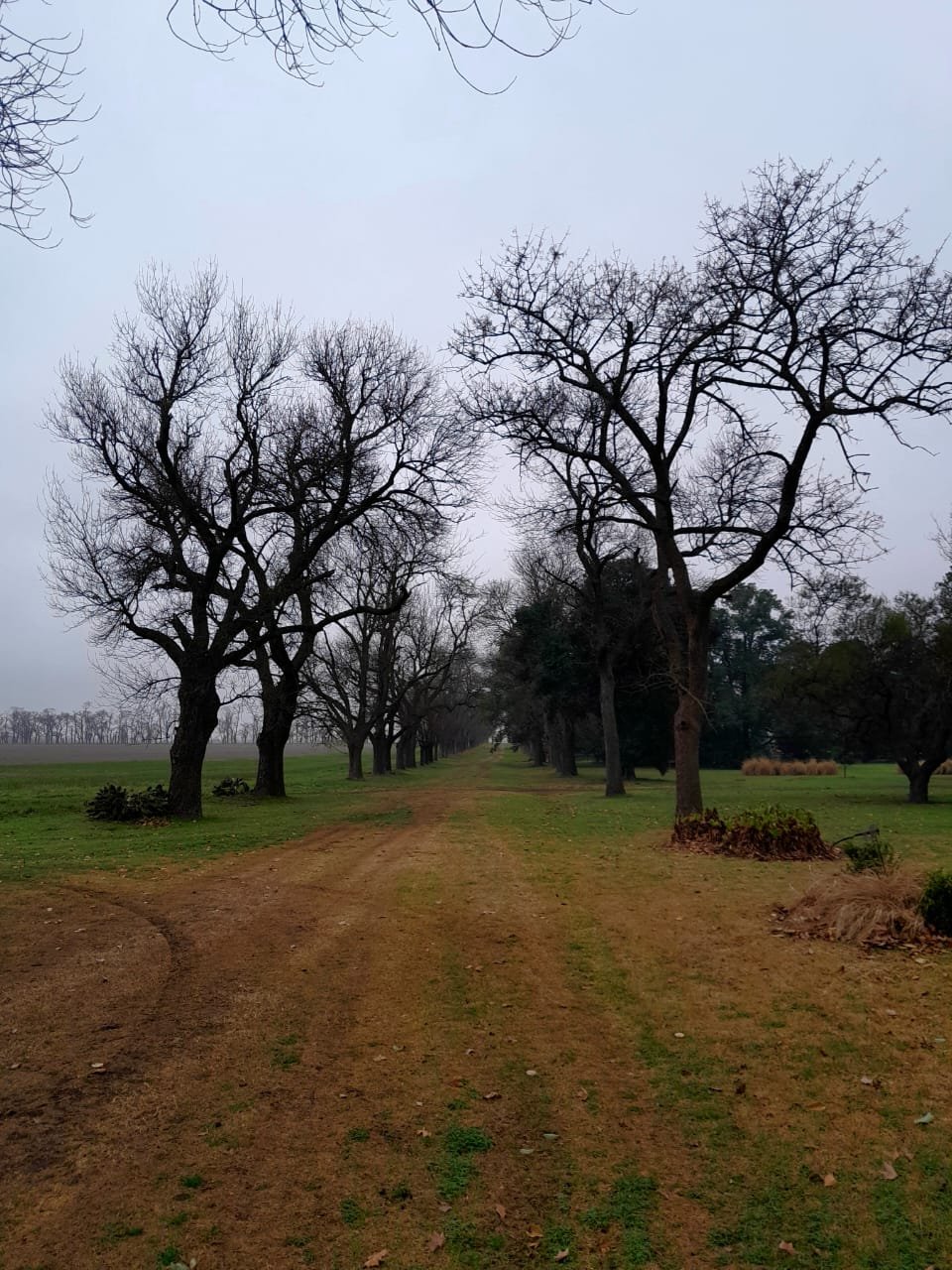

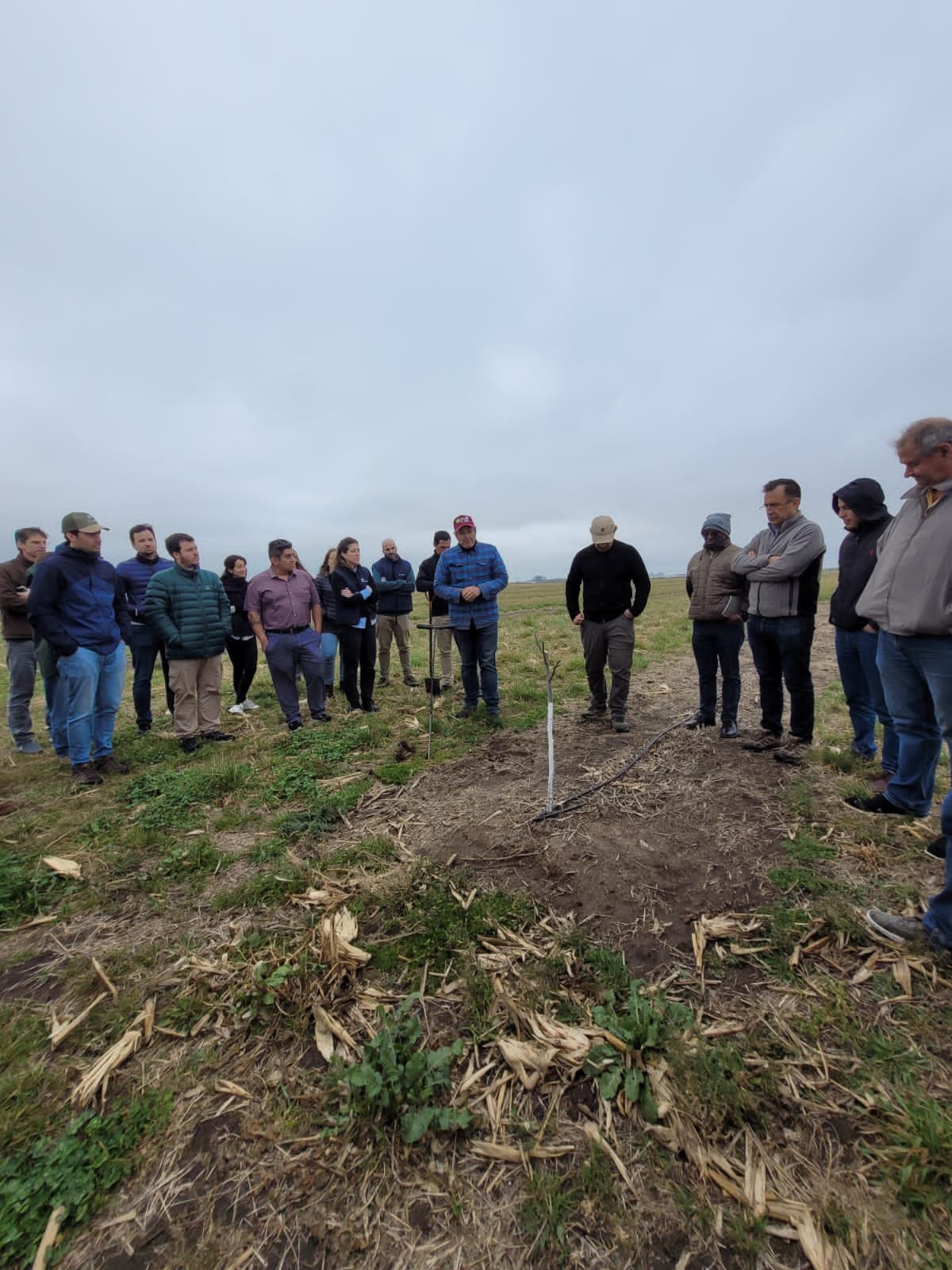
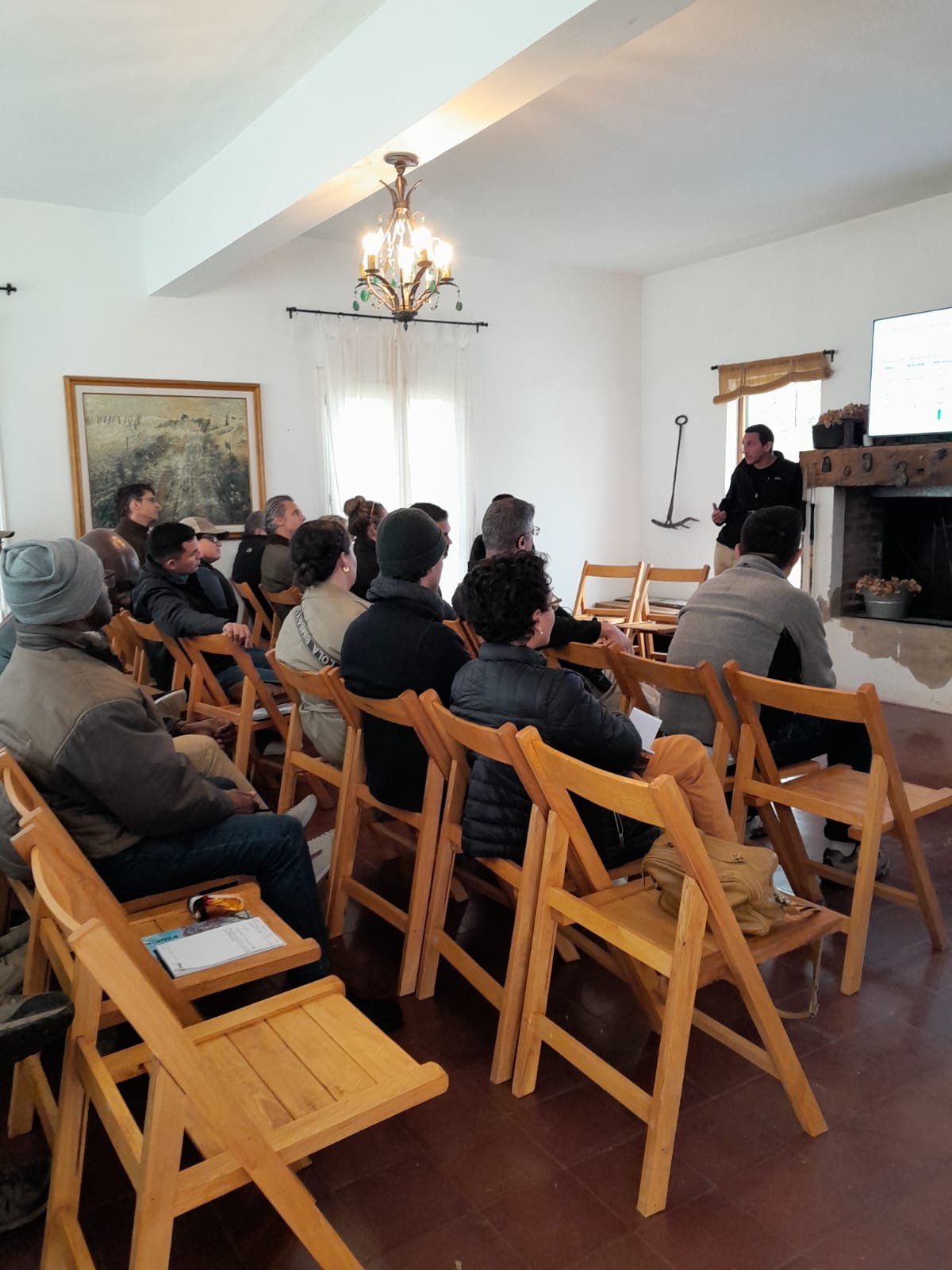
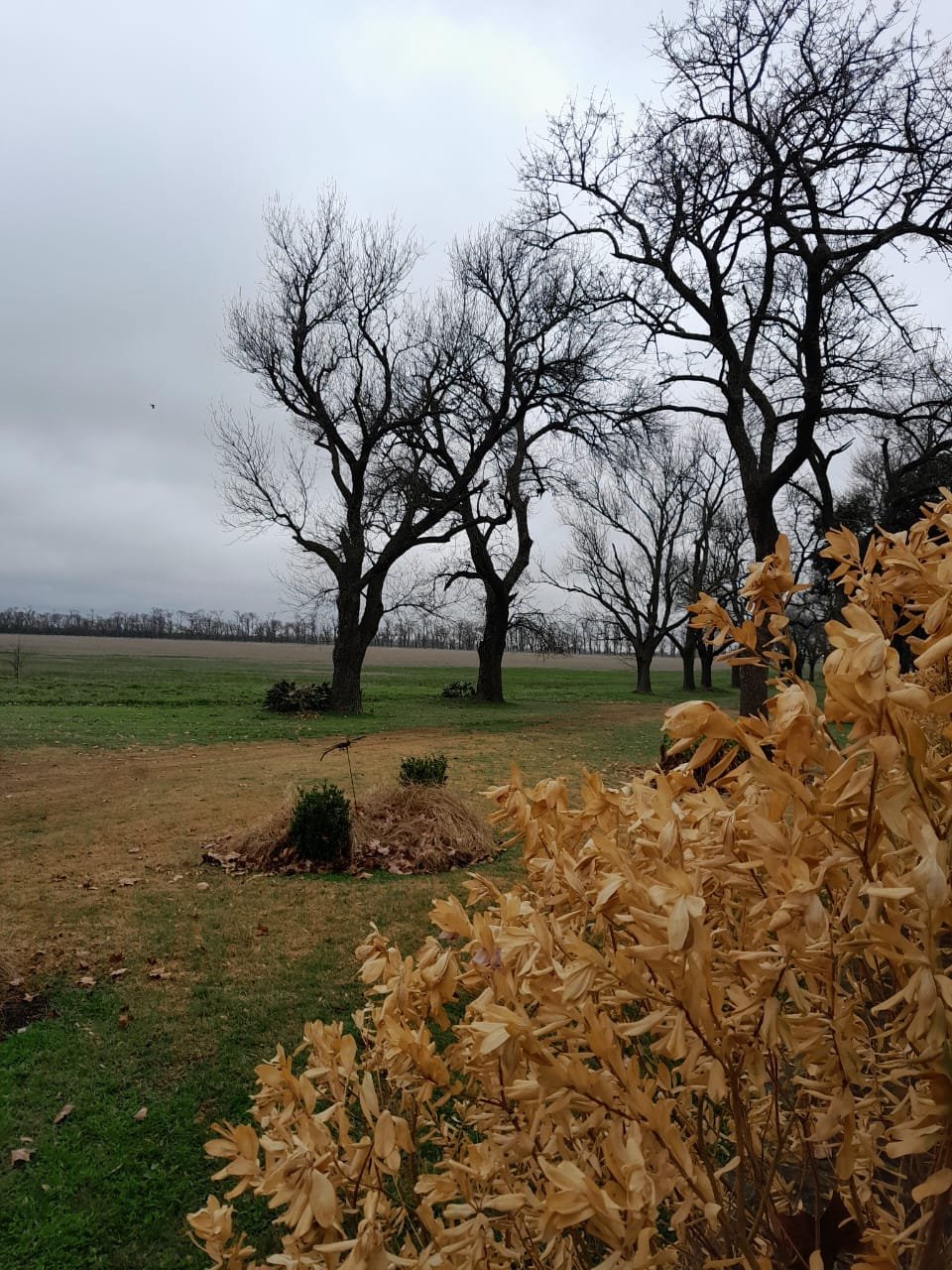
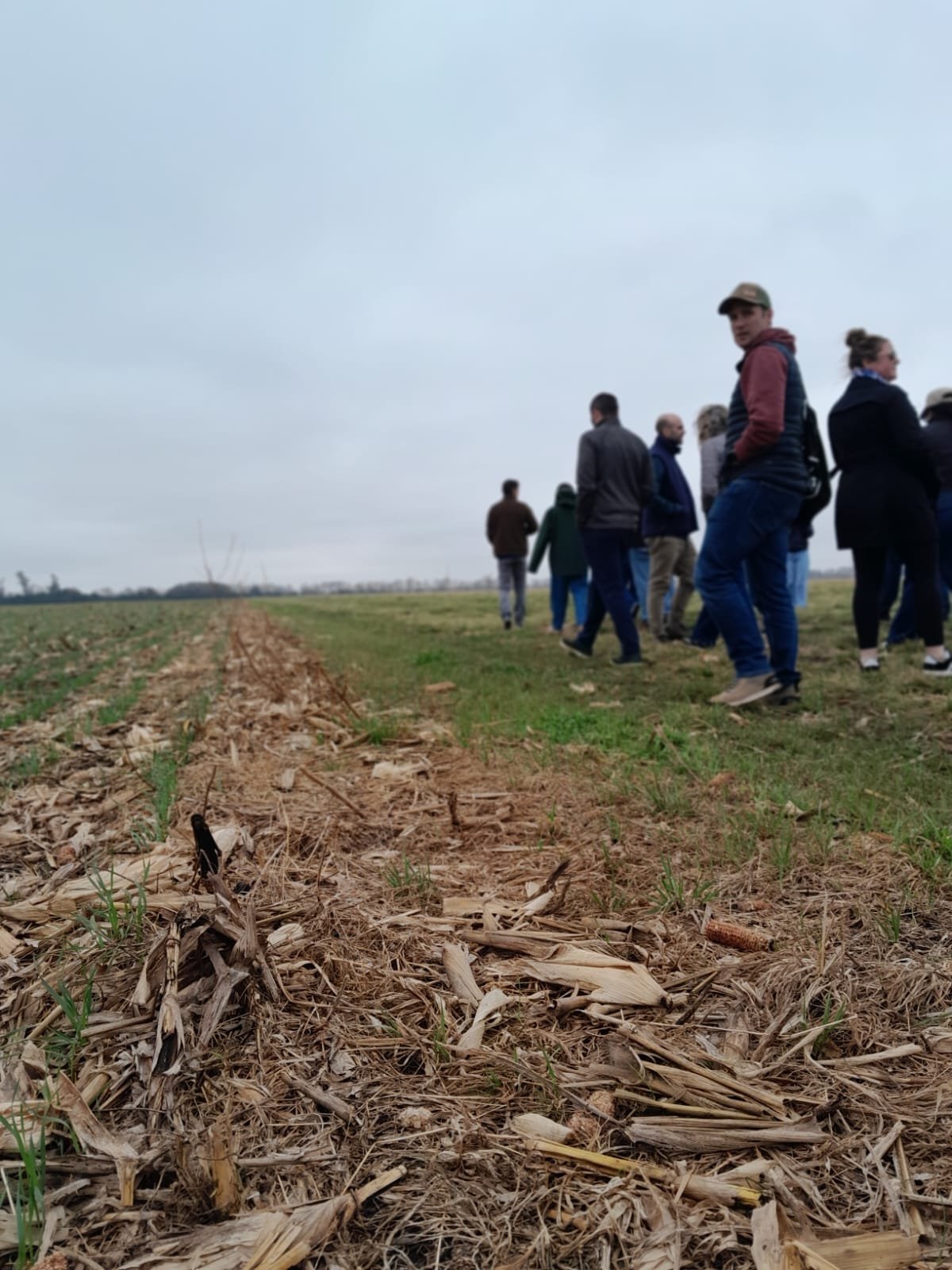
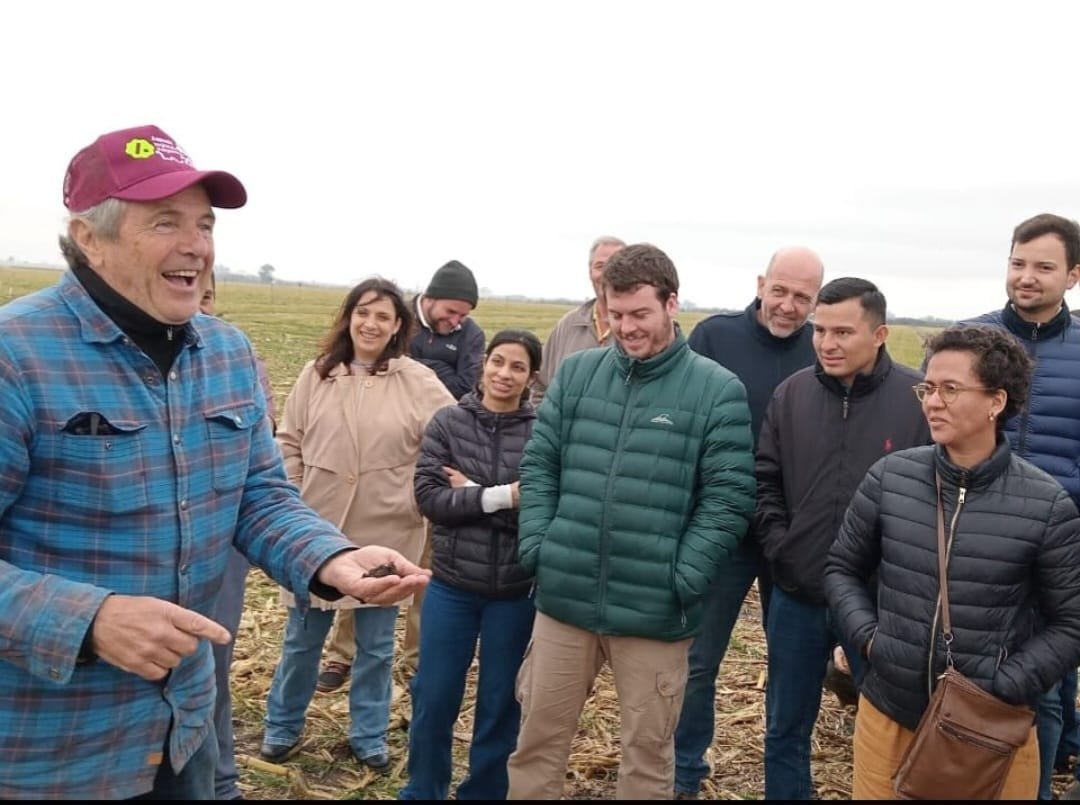
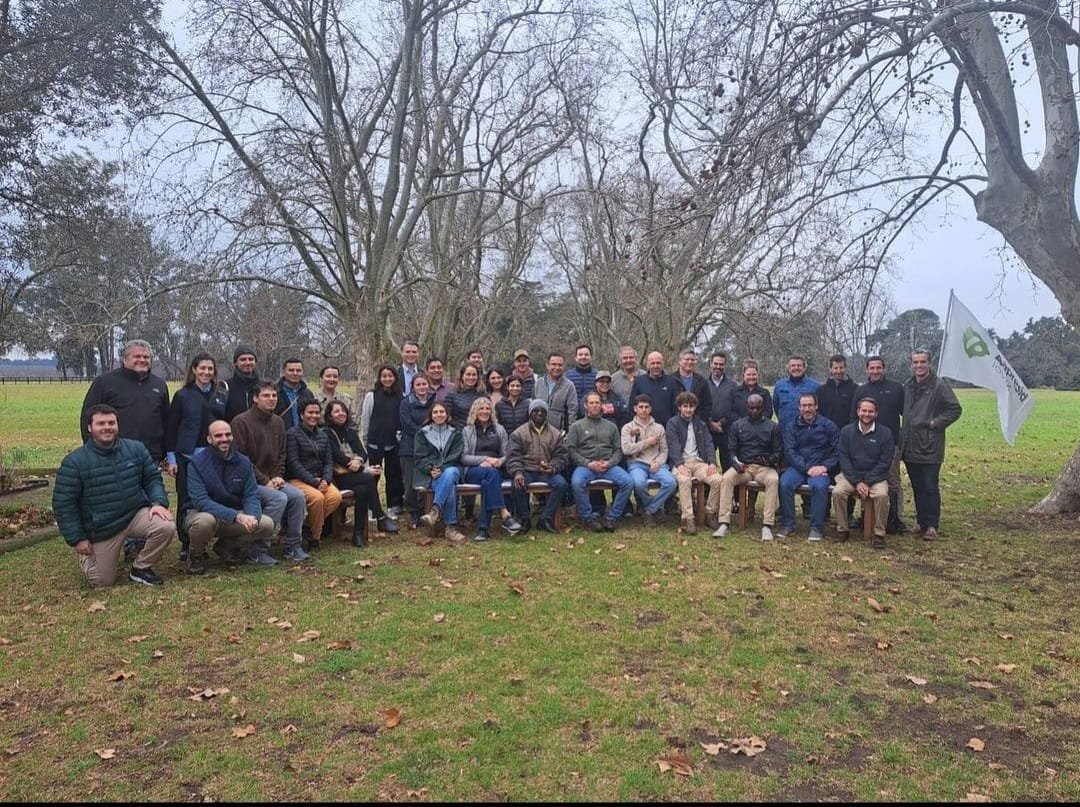
On the second day of the Aapresid Congress, a panel on “Regulations, traceability and certification in international markets” brought together representatives of the agricultural chain to discuss how the sector is facing challenges on global environmental and climate agendas. With the participation of Gustavo Idigoras (VISEC), Alejandro O'Donnel (Aapresid), Laura Villegas (Round Table on Responsible Soy Association - RTRS) and Andrés Costamagna (Sociedad Rural Argentina), mediated by Marcelo Regunaga, the meeting highlighted the importance of monitoring, measuring and qualifying good agricultural practices, to turn processes into projects that bring returns for farmers.
The conversation began with a provocation: is it up to agriculture to save the planet? As well as providing food for the world's growing population, soil is a major carbon sink for the entire Earth, with enormous potential for mitigating global greenhouse gas emissions. The challenge is growing every day, and it is not enough to produce. We need to ensure higher yields to curb the advance of agricultural frontiers into areas of native vegetation; have a positive carbon balance by adopting best agricultural practices and caring for the soil; and preserve biodiversity.
Farmer and Aapresid member Alexandre O'Donnel stressed that Argentina has been practicing no-till farming on the vast majority of the country's crop land for 40 years. “We are the only sector of the economy capable of capturing carbon. We have to take advantage of our strengths. We've already made much progress, but we have to turn it into resources and offer the market environmental products and assets,” he said.
As the person responsible for developing and implementing the VISEC platform, CIARA-CEC's president Gustavo Idigoras emphasized the importance of this traceability tool, which will use georeferencing to monitor the origin of the soy produced throughout Argentina, from the field to the port for export. “We cannot solve this challenge individually. We need collective action,” said Idigoras. “If we don't work together, we turn challenges into threats – which is what we must avoid.”
The result of the combined efforts of farmers and agricultural associations, processors, exporters, civil society organizations, input and service suppliers, government and private sector entities, academic organizations, and research institutions, this multisectoral tool hopes to be a solution to reduce, monitor and eliminate the soy supply chain's negative environmental and social impacts, with a focus on zero deforestation and other forms of land-use change in priority areas for environmental conservation, such as the Gran Chaco.
“The platform is voluntary and free for farmers,” he explained. “Anyone who joins becomes part of a value chain seeking to win over markets in Europe and the rest of the world for deforestation-free products.”

